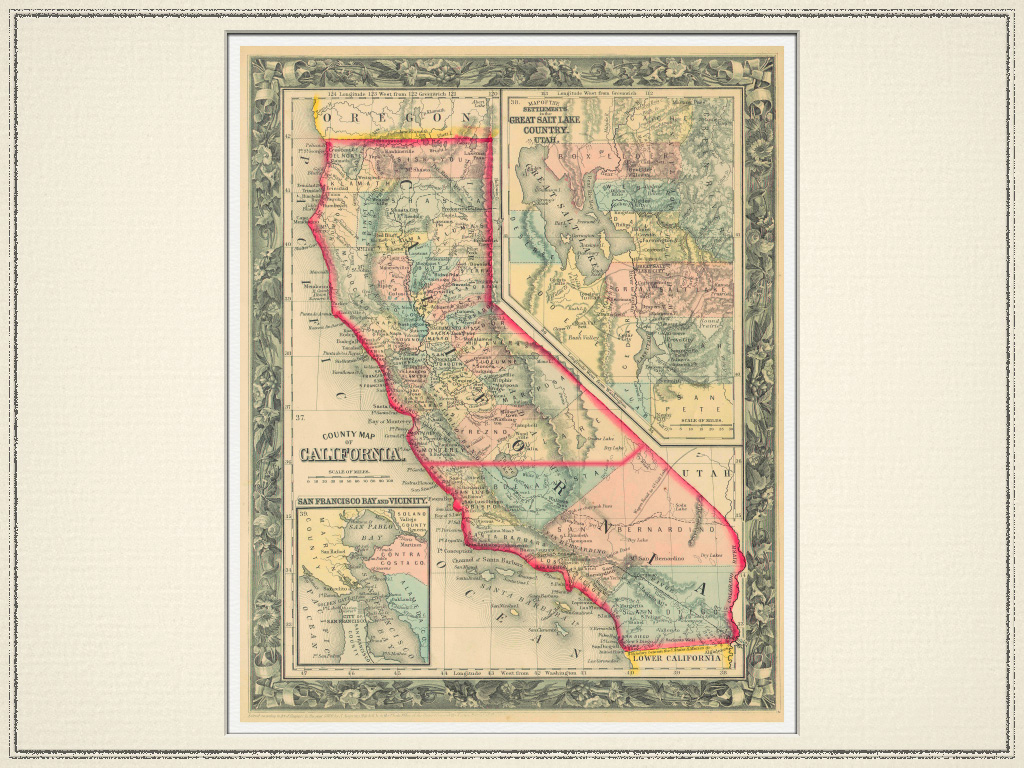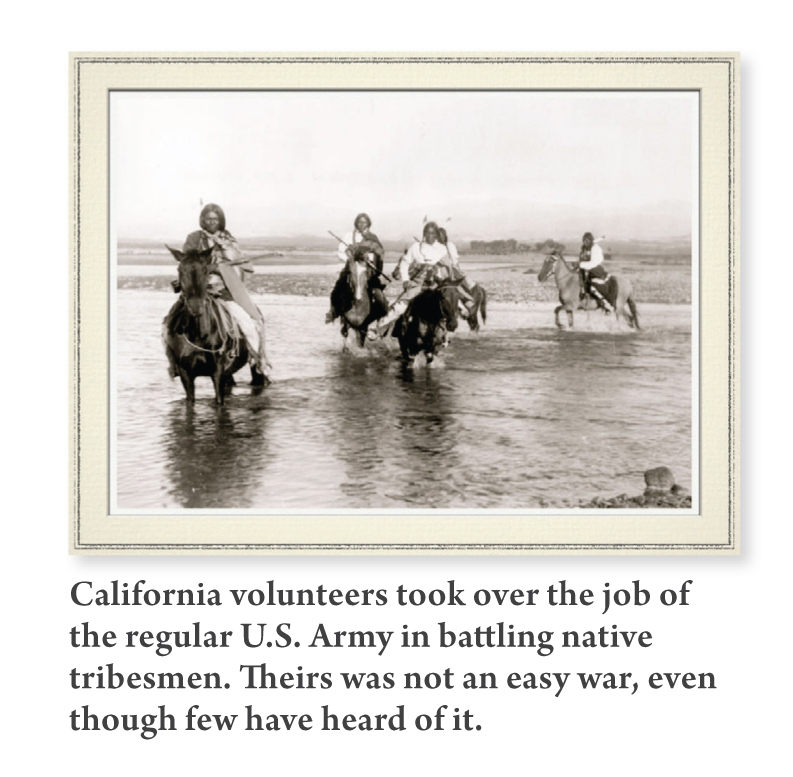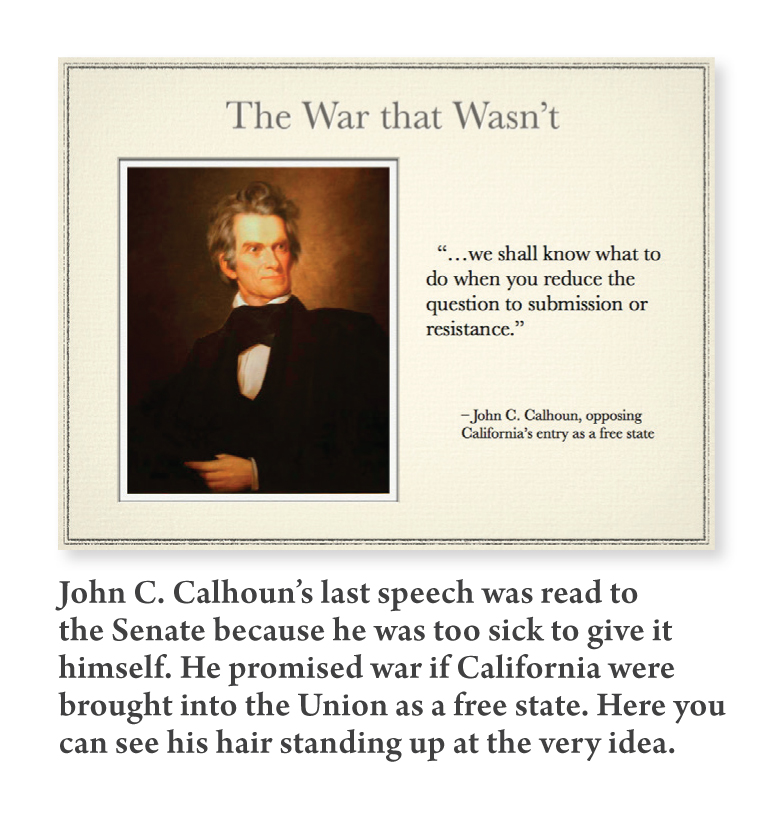Independent publishers can draw comfort from the story of David, the daring youth who stood up to Goliath and sent the boastful giant crashing to earth with a stone in his forehead. The tale is inspiring—and instructive. Recall that David turned down body armor, sword, and shield as he girded for battle. He chose a sling instead—a weapon that calls for skill and courage, rather than brawn. David triumphed in the end because the Lord was with him, but he didn’t hurt his chances when he selected the right tool for the job. There are a lot of Goliaths in publishing, and their weapons are formidable. Print advertising, for instance, favors the big houses that can buy ad space by the acre. Brick-and-mortar placement is easier for big houses too, since their reps can offer one-stop shopping from a long list of titles. Personal appearances by authors, on the other hand, are David country. An indie author who can entertain, educate, and inspire an audience can generate publicity and sell books in much the same way that a big house author does. And savvy indie authors can enhance their presentations with the most David-friendly weapon since the sling: computer-based multimedia. Armed with a laptop, projector, and simple sound system, you can engage an audience’s imagination as never before, and at modest cost. The necessary software (PowerPoint on the PC, Keynote on the Mac) is cheap and powerful. Sources of digital imagery and music are exploding across the Internet, and most of this bounty is free. Computer-based multimedia has come of age.
Assessing Multimedia Potential
Any title can be promoted through multimedia, but audience impact ultimately depends on the audio and visual power of the subject matter. A book of first-rate nature photography, for example, is a natural for multimedia presentation. Rich visual materials grab an audience’s attention, and production costs will be low since the content is already in hand in the form of Photoshop files for the book. Assembling a basic slide show in PowerPoint or Keynote is simple; computer-savvy photographer/authors might well undertake the job on their own. A book on tax code reform, by contrast, would be uphill work for multimedia promotion. The text might be lucid and compelling (as tax books go), but without interesting visuals, a slideshow would be a waste of time. Sometimes, however, even the most unpromising subject matter can turn into multimedia gold. One of the most brilliant book design jobs I have ever seen was for a German grammar title. The expert layout, use of color, and creative typography made a notoriously difficult subject accessible, and the book contained engaging cartoons that illustrated grammatical points. At a conference of college German teachers, just showing slides of the text would be a powerful inducement for adding the title to reading lists.
What We Did
In June 2011, TJ Meekins and I released Queen of the Northern Mines: A Novel of the Civil War in California. It is a story of a young Virginian who seeks a new life in California and succeeds beyond his dreams—until the war drags him back into the vicious quarrel raging back East. Terry and I were a multimedia production team before embarking on publishing, so we decided to create a multimedia slideshow for our guests at the book launch. But no previous experience would have been required. Since we didn’t want to reveal too much about the plot of the book, we focused on the story behind the story—how California moved in the Southern political orbit before the war, and how her golden treasure was actually up for grabs in 1861. Our research had already turned up a trove of wonderful material that cast light on the surprising historical landscape our fictional characters inhabited, and we combed the Web for gripping illustrative images. Then we wrote a script we called “California and the Civil War,” describing the Golden State’s overnight transformation from remote Mexican province to bustling U.S. state and key player in a great national crisis. The script showed how the stream of gold from California kept the Northern economy afloat, and how the South made determined efforts to seize it. Then we introduced our main characters and gently pitched the book.
 Since June 2011, we have polished the show continually and presented it for historical societies, museums, friends of libraries, and genealogical groups. We sell copies of the novel to about 25 percent of the people in the audience, and we garner press coverage and radio interviews about our presentations.
Since June 2011, we have polished the show continually and presented it for historical societies, museums, friends of libraries, and genealogical groups. We sell copies of the novel to about 25 percent of the people in the audience, and we garner press coverage and radio interviews about our presentations.
Our audiences love to hear of alternative histories that nearly happened. This map shows a plan to divide California into slave and free segments. This scheme was ratified in Sacramento and was awaiting approval in Washington when the Civil War broke out.
Local media include our show in their public events calendars, and hosting organizations promote our appearances (and our book) among their members. All this exposure is free and creates ripples. Through the show, we received an invitation to guest-curate a museum exhibit on California and the Civil War, with an explicit tie-in to our novel, which was sold on site. Multimedia presentation may be a David tool, but it can deliver a Goliath-sized punch.
Your Script and Your Show
Writing for multimedia is essentially the same as writing for radio: Keep sentences short and paragraphs shorter. Avoid noncritical dates, names, and numbers, and visually reinforce the ones you do use. Remember that the spoken word arrives in a continuous flow, without the guide rope provided by printed words on a page. Aim for clarity. Including jokes is a tonic to all and dramatically increases audience attention. Humor fans, bless ’em, will lean forward, keen to catch the next punch line. It is a good idea to warm the hall with sound. We use “attract loops” of historical images and instrumental music to entertain guests who arrive early. (This has the added benefit of preventing talkative souls from coming up and distracting us while we are busy cabling up our system.) Some venues can be visually rather bleak. This is not a problem when the room is dark and everyone is admiring your slides. When the lights come up and it is time to sell your book, though, you will want to have a sales table that is well marked and as inviting as you can make it. We have a bust of Lincoln and a bouquet of cotton bolls that travel with us wherever we go. Presentation software allows you, as the speaker, to see a script that is hidden from the audience as your slides come and go. For best results, however, learn your script well enough to deliver it by heart. Treat your hidden script as a Dumbo feather, a confidence-builder, rather than as a text to be read. The hidden script is also a great place to remind yourself of details you might overlook in the excitement of the moment (e.g., “Ask the audience to sign the guest book/visit the Web site/tell their friends about the next show. Thank the host.”) Presenting in person establishes a rapport with the audience that allows you to take chances that you would not take in print, but don’t abuse the privilege. Bear in mind that you may be talking to people of very different political and religious persuasions.
Presentation software allows you, as the speaker, to see a script that is hidden from the audience as your slides come and go. For best results, however, learn your script well enough to deliver it by heart. Treat your hidden script as a Dumbo feather, a confidence-builder, rather than as a text to be read. The hidden script is also a great place to remind yourself of details you might overlook in the excitement of the moment (e.g., “Ask the audience to sign the guest book/visit the Web site/tell their friends about the next show. Thank the host.”) Presenting in person establishes a rapport with the audience that allows you to take chances that you would not take in print, but don’t abuse the privilege. Bear in mind that you may be talking to people of very different political and religious persuasions.
The Teamwork Tactic
People will get tired of your voice, even if your script is dazzlingly witty and as profound as the Psalms. It’s a physical thing—nothing personal. We find that dividing our material into short (but coherent) segments, read alternately by two readers, saves our voices and boosts audience attentiveness. If you must give your presentation alone, try weaving in some recorded voice or music that fits with your story line. With Keynote and PowerPoint, you can cue sounds whenever you like. Multimedia production at its best is really a team sport. A graphic artist capable of creating a good book cover will generally build better slides than an author or publisher. Let them do so. I draft Apple’s graphic designers (the best on the planet) into my efforts by using the elegant slide templates that come with Keynote.  It also helps to have a companion, because traveling to different venues and setting up can be wearing. And it’s good to have one team member poised at the book table at the end of the show while the other one fields questions. You don’t want to miss a sale because the young couple in your audience needs to get home to spring the babysitter.
It also helps to have a companion, because traveling to different venues and setting up can be wearing. And it’s good to have one team member poised at the book table at the end of the show while the other one fields questions. You don’t want to miss a sale because the young couple in your audience needs to get home to spring the babysitter.
In a Nutshell
The essence of successful multimedia presentation is bringing the right material to the right audience. Concentrate on this, and all will be well. You will give your best presentation in front of sympathetic, interested people. You will also have more fun—and sell more books.
Richard Hurley and Terry Meekins live on the western slopes of the Sierra Nevada. They are avid writers and historians, with backgrounds in radio and multimedia production. They may be reached at rich@bearriverbooks.com and tj@bearriverbooks.com. For more info on Queen of the Northern Mines and its authors, visit bearriverbooks.com.